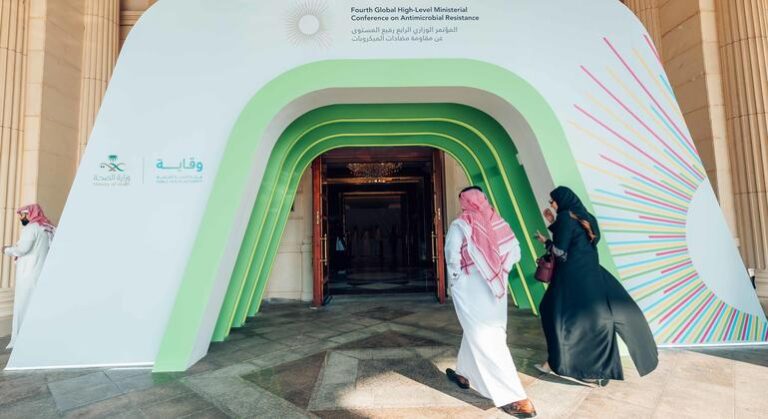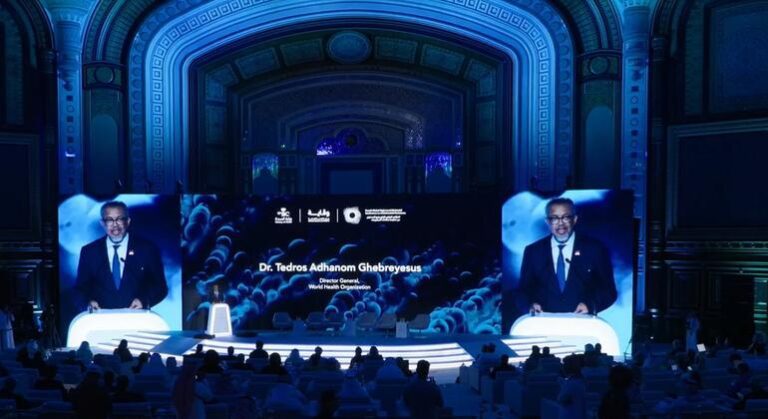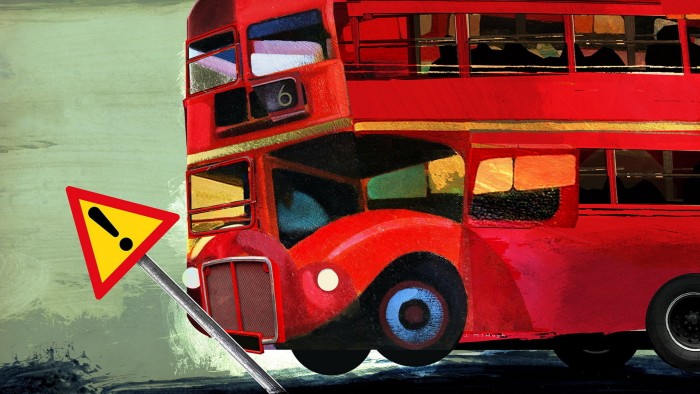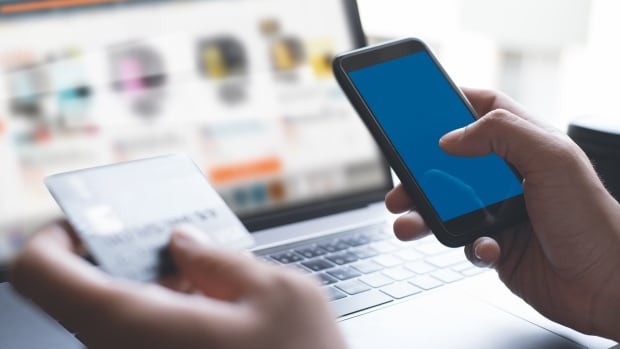Windsor Morning7:41Sarnia police introduce biometric radar to keep those in custody safe
If a prisoner is in distress at Sarnia, Ont.’s police station, a new biometric health monitoring radar will now sound an alarm.
It’s a rarity for Canadian police forces and an added measure of security to improve the safety of people in custody.
Insp. Michael Van Sickle of the Sarnia Police Service says the new technology has been in place for a few weeks and has already proved its worth and effectiveness.
“I’ve been in receipt of a message from one of my staff sergeants who credits the system already for alerting our prisoner monitoring personnel to check on somebody who required medical care,” he said.
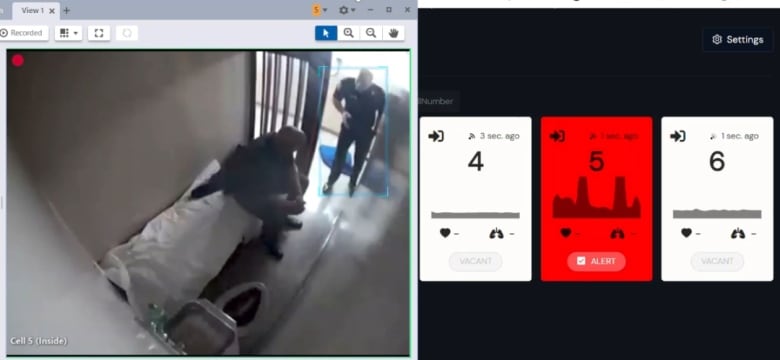
According to Van Sickle, the system has a set rate for respiratory and heart rates, and if a prisoner’s rates fall outside a particular range, it notifies staff.
“The respiratory rate of the prisoner fell outside the range and was significantly slowed. The personnel who are responsible for monitoring the cell heard the alarm immediately went to the cell. Fortunately, they were able to rouse the individual to ensure that they were healthy.”
There are seven holding cells at the Sarnia police station and each one is now equipment with a sensor unit recording movement data.
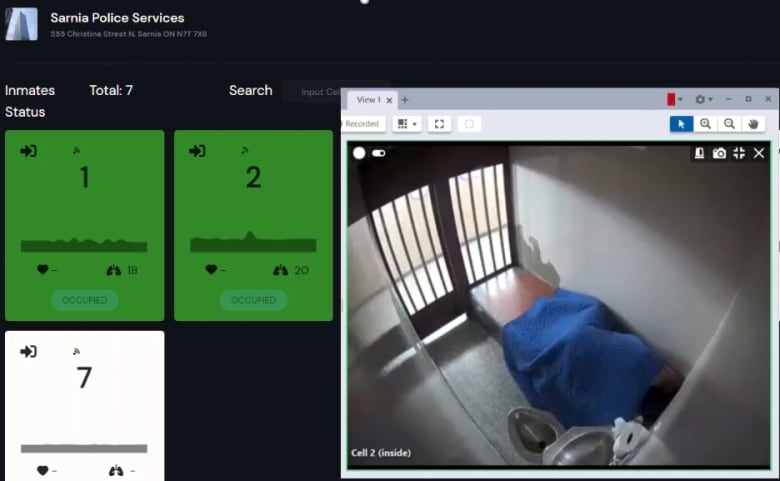
Van Sickle refers to the technology as an “added level of protection” and says it looks like a little box mounted to the ceiling of the cell, similar to a smoke detector except it’s completely enclosed.
He said nothing specifically prompted Sarnia police to purchase and use the technology, other than to ensure the highest level of protection for people in custody and staff.
“Any time that there is an in-custody death, automatically an inquest is initiated by the coroner’s office. And sometimes, unfortunately, in our profession, accountability is placed upon a specific person, whether that’s the officer who brings the person into custody or the officer who is responsible for monitoring that system.”
The Regina police department is another agency in Canada to use the tracking equipment.
“I reached out to them and had some lengthy conversations with the use of the system,” Van Sickle said. “They openly talk about having, crediting the system with two saves of prisoners.”

